University Brings Space to Earth with Working Replica of Mars Rover
A team from Space South Central partners, the University of Southampton, has built a fully functioning replica of NASA’s Mars 2020 Perseverance Rover, to demonstrate how space technology can be lifesaving on Earth.
The replica will be used to get more people interested in science.
The replica uses the same Raman technology as the NASA rover, which was sent to Mars in 2020 to seek out extraterrestrial life. It has a functioning mechanical arm and a mounted spectrometer to take field samples.
The University of Southampton has been at the forefront of Raman spectroscopy since its inception – and continues research today for uses within medicine, specifically for diagnostics development.
Raman spectroscopy uses vibrations and light. It offers the potential for non-invasive detection and monitoring of diseases like cancers or osteoarthritis.
Sumeet Mahajan, Professor of Molecular BioPhotonics and Imaging, helped to build the rover and leads the diagnostic research. He explained:
“We knew we had to take this information to the public to share how this technology can have such a wide-ranging impact – from our research into improving lives through better diagnostics, to looking for life on Mars.”
Hiroki Cook, BioPhotonics and Imaging PhD student, said:
“We saw an opportunity to highlight the best of our own research within Raman spectroscopy, while the real rover with the same technology roamed 140 million miles away in space.
“We have a unique position, in that we have an incredibly vast, cross-discipline knowledge base to be able to support putting something as big as this together. Research here illustrates how space technology is seamlessly intertwined with Earthly applications, and we want to share that with the public.”
The team plans to use the rover at public events and hopes it will ignite the curiosity of future scientists.
Hiroki added:
“Part of the task for us now is to make a legacy and make sure that the generations to come can pick up this project and any future ones. We have the assets and the resources available to keep it going, and we’d love to see it continue to flourish.”
Director of Space South Central Enterprise Network, Dr Louise Butt, said: “Space exploration, technology and data impacts just about every aspect of 21st Century life – often without us realising it.
“Projects like this bring space to a wider audience, especially the young experts of the future, and we look forward to sharing where people will be able to see the replica Mars 2020 Perseverance Rover first hand.”
Find out more about how the University of Southampton is using Raman spectroscopy for both space exploration and medical diagnostics here.


